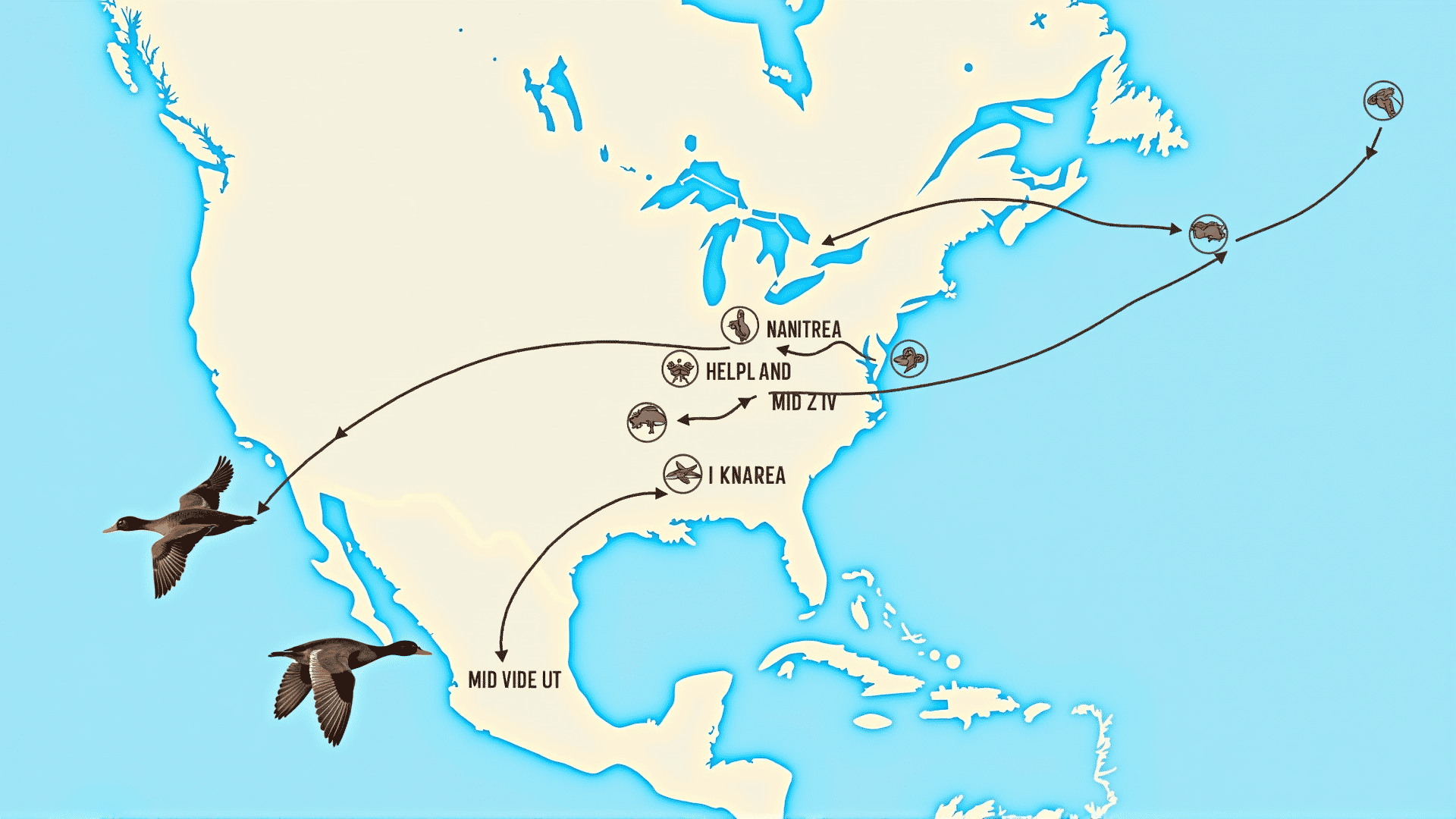DuckDB, an innovative data processing system, has recently made waves in the scientific community by providing new insights into bird migration patterns. This breakthrough has not only captured the attention of researchers but also bird enthusiasts who are eager to understand the complex behaviors of these fascinating creatures.
Migration is a critical aspect of avian life, ensuring survival by allowing birds to travel to optimal environments for breeding, feeding, and avoiding harsh climates. However, the intricate details of these migratory journeys have long posed challenges to scientists. Traditional methods of studying migration, which often rely on banding and tracking individual birds, can be limited in scale and scope.
Enter DuckDB, a high-performance analytical database system designed to handle complex queries on vast datasets swiftly and efficiently. Unlike many traditional systems, DuckDB is optimized for local execution, providing researchers with the ability to process and analyze large volumes of data on standard consumer-grade hardware. This democratizes access to powerful data analysis tools, enabling a broader range of scientists to engage in cutting-edge research.
By leveraging DuckDB's capabilities, researchers have been able to synthesize data from a variety of sources, including satellite tracking, weather patterns, and historical migration records. This comprehensive approach allows for a more detailed understanding of migration routes, timings, and environmental influences. For instance, researchers can now identify how climate change impacts migratory patterns, observe shifts in routes due to habitat loss, or track the influence of food availability on migration decisions.
One significant finding facilitated by DuckDB is the observation of altered timing in migration patterns, attributed to climate change. Some species are departing earlier or later than historically recorded, suggesting that rising temperatures and changing seasonal cues are necessitating adaptations in travel schedules. Similarly, the database has helped in pinpointing new stopover sites, crucial rest and refuel spots for migratory birds that may have shifted due to urban expansion or deforestation.
Moreover, DuckDB has proven invaluable in the public education sphere, as bird lovers and citizen scientists can use insights derived from the database to participate in birdwatching activities more effectively. By understanding when and where certain species are likely to be observed, enthusiasts can plan their excursions to coincide with peak migration periods and contribute valuable observational data back to the scientific community.
The enhanced understanding gained through DuckDB's analysis tools not only advances scientific knowledge but also informs conservation strategies. As we become more aware of the shifts in migratory patterns, conservationists can better tailor efforts to protect critical habitats and ensure safe passage on these natural highways. This is particularly important as human-induced environmental changes continue to pose threats to biodiversity worldwide.
In conclusion, DuckDB is transforming the field of ornithology by providing unprecedented insights into bird migration. Its ability to process vast and varied datasets efficiently opens up new avenues for research and public engagement. As we continue to uncover the mysteries of migration with the help of advanced technology like DuckDB, we move closer to ensuring the protection and thriving of these vital species across the globe.
